- Empty cart.
- Continue Shopping
Massage Peanut Ball
- Delicate touch, skin-friendly, and comfortable
- Better contact with every point, so that tired soreness is easily released
- High-quality wholesale customization
Materials Used for Massage Peanut Balls
Massage peanut balls, also known as double lacrosse balls, are designed to provide targeted muscle relief and myofascial release. The choice of material significantly affects their performance, durability, and comfort. Here is a detailed look at the different materials used for making massage peanut balls: TPR (Thermoplastic Rubber), EVA (Ethylene-Vinyl Acetate), EPP (Expanded Polypropylene), and PVC (Polyvinyl Chloride).
TPR (Thermoplastic Rubber)
Characteristics:
- Firmness: Medium firmness, providing a balance between softness and rigidity.
- Durability: Good durability with some flexibility, resistant to cracking and tearing.
- Texture: Often has a grippy, non-slip surface.
- Elasticity: More elastic compared to other materials, which helps in conforming to the body’s contours.
Benefits:
- Comfortable: Softer than PVC, making it suitable for various pressure levels.
- Versatile: Good for both deep tissue and general muscle relaxation.
- Non-Slip: Textured surface helps maintain grip during use.
Drawbacks:
- Moderate Durability: May not last as long as PVC in high-intensity applications.
- Cleaning: Slightly more challenging to clean compared to non-porous materials.
EVA (Ethylene-Vinyl Acetate)
Characteristics:
- Firmness: Medium firmness, providing a balance between firmness and comfort.
- Durability: Highly durable and resistant to wear and tear.
- Texture: Can be smooth or textured; lightweight.
- Weight: Very lightweight, making it easy to carry and use.
Benefits:
- Versatile: Suitable for various uses, including myofascial release and general muscle relaxation.
- Comfortable and Safe: Softer than PVC, reducing the risk of bruising.
- Portable: Lightweight and easy to carry.
Drawbacks:
- Less Firm: May not provide as much deep tissue pressure as firmer materials like PVC.
- Compression: Can compress and lose shape over time with extensive use.

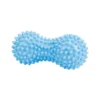
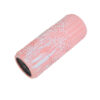


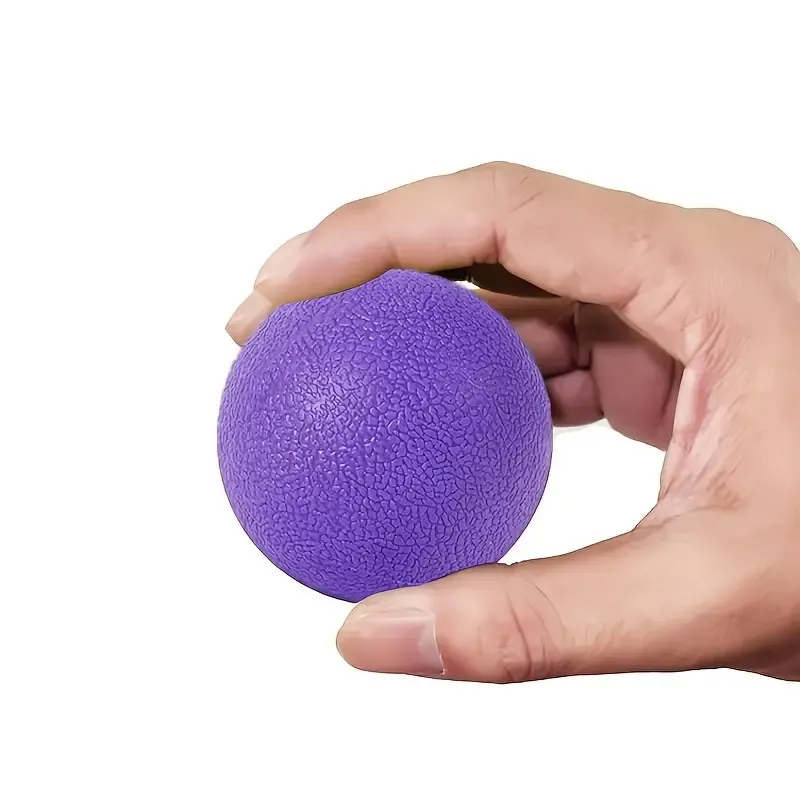





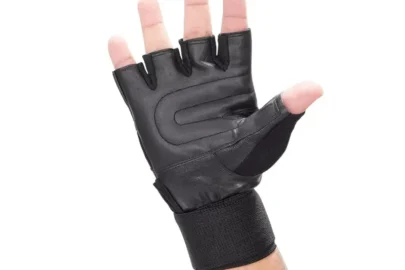


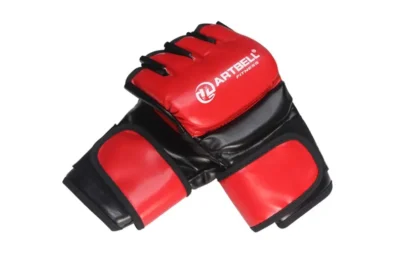
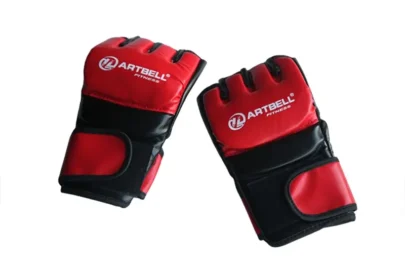
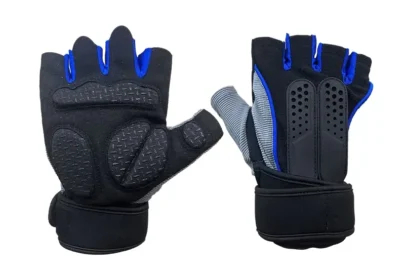
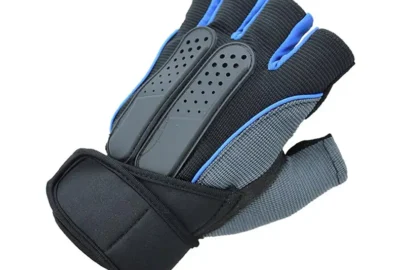


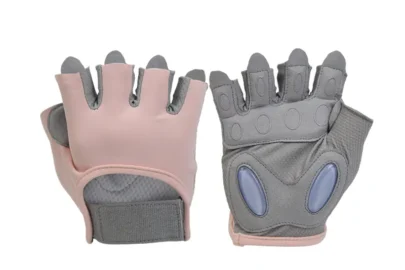
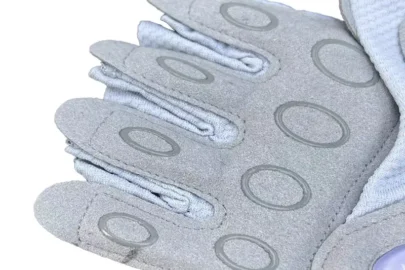



Reviews
There are no reviews yet.